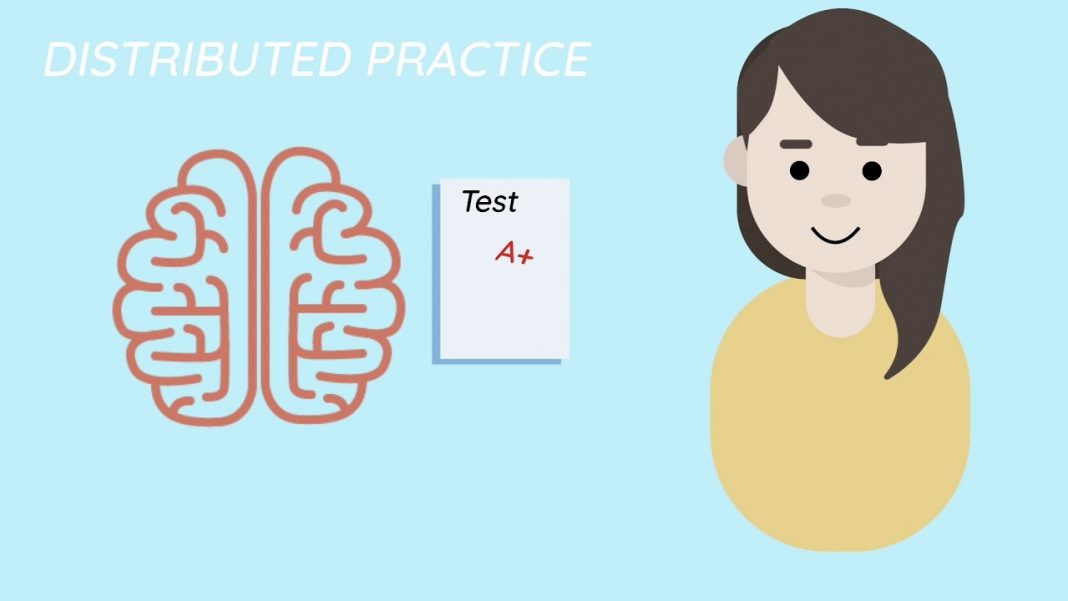In the learning journey, the strategies can significantly affect how effectively we absorb, retain, and apply new information. Whether you’re a student grappling with complex subjects, a professional seeking to stay ahead in your field, or a lifelong learner, the methods you choose to learn can be as crucial as what you learn. Distributed practice stands out for its effectiveness and adaptability among various learning strategies.
Math & ELA | PreK To Grade 5
Kids see fun.
You see real learning outcomes.
Watch your kids fall in love with math & reading through our scientifically designed curriculum.
Parents, try for free Teachers, use for free
As we explore the nuances of distributed practice in this blog, we will guide you through its practical applications, benefits, and how it can be seamlessly integrated into your learning routine for maximum effectiveness.
What is Distributed Practice?
Distributed learning, or spaced practice study method, is a learning approach where information is reviewed and studied over spaced intervals rather than in a single, concentrated session. This method involves breaking down the learning material into smaller chunks and revisiting them periodically. The key idea is to spread the learning process, allowing time between sessions for the brain to absorb and consolidate the information.
10 Best Techniques of Distributed Practice
1. Flashcards
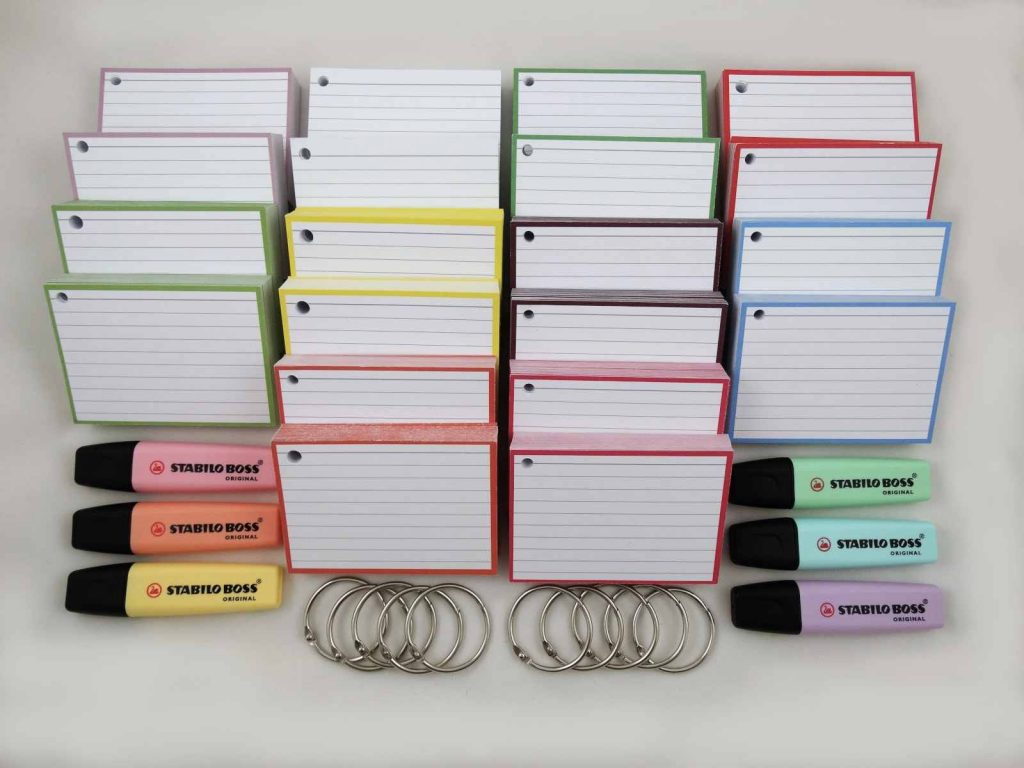
Flashcards are a classic tool in distributed training, involving brief notes or questions on one side and answers on the other. They are ideal for memorizing facts, terms, or formulas.
Application: In various learning scenarios, flashcards can be used for language vocabulary, historical dates, scientific terms, and mathematical formulas. The key is to review these cards at spaced intervals, gradually increasing the time between reviews as you become more familiar with the content.
2. Interleaved Practice
Interleaved practice involves mixing different topics or problems within a single study session. This contrasts with blocked practice, which focuses on a single topic or problem.
Application: This technique is particularly beneficial in mathematics or language learning. For example, instead of practicing only one type of math problem in a session, you would mix different types, which enhances problem-solving skills and adaptability.
Here are some worksheets that kids can use to test their understanding of concepts:
3. Study Schedule
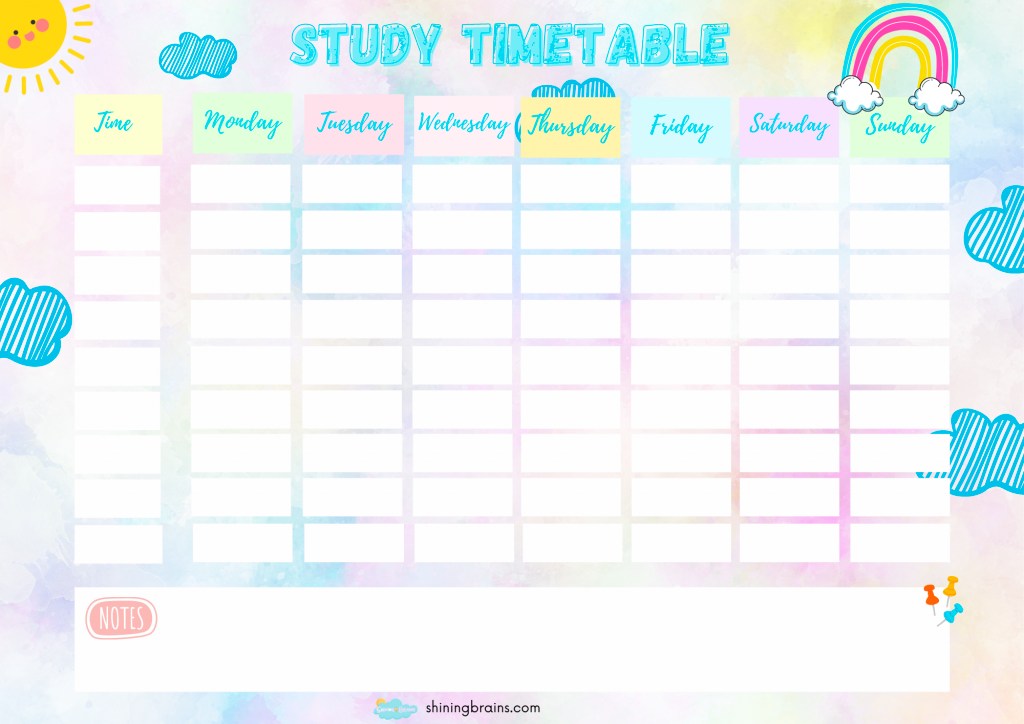
A distributed practice study schedule involves planning when to review each topic, ensuring that study sessions are spaced out over time rather than clustered together.
Application: This technique is versatile and can be adapted to any learning context, from preparing for exams to acquiring a new skill. A well-structured study schedule might include daily short review sessions of previous topics while introducing new ones, ensuring a balanced approach to learning.
Related Reading: How to Stay Focused While Studying: 15 Best Tips
4. Concept Mapping
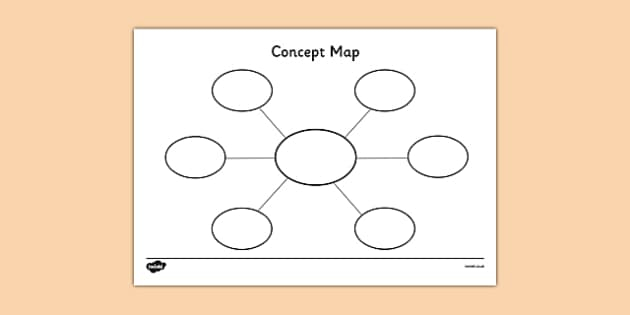
Concept mapping involves creating visual diagrams that show the relationships between different concepts. This technique is particularly effective for distributed practice as it helps organize and structure complex information.
Application: In subjects like biology, history, or literature, where understanding the interconnections between concepts is crucial, concept maps can be a powerful tool. For example, mapping out the causes and effects in historical events or the interrelations in an ecosystem can significantly enhance comprehension and retention.
Related Reading: What is Multimodel Learning? Strategies & Examples
5. Self-Testing
Self-testing allows learners to test their knowledge on a topic without referring to study materials. This technique is a cornerstone of distributed practice, encouraging active recall and reinforcing memory.
Application: Self-testing can be applied across all learning areas. After studying a chapter in a textbook, for instance, you can write down everything you remember or take a practice quiz. This method assesses your understanding and helps identify areas that need more focus.
6. Spaced Quizzes

Spaced quizzes involve taking short tests on previously covered material regularly. This technique aligns with the principles of distributed practice psychology, reinforcing learning through periodic assessment.
Application: This method can be applied in academic settings, for professional certifications, or even in personal learning projects. For instance, after learning a new topic in history or science, a spaced quiz a few days later helps cement the information in memory.
Related Reading: Fascinating Trivia Questions for Kids [With Answers]
7. Incremental Reading
Incremental reading is a technique where large amounts of reading material are broken down into smaller, manageable parts and studied over time. This approach aligns with the concept of distributed studying, allowing for gradual absorption and understanding of the content.
Application: Ideal for subjects with extensive reading materials like literature, history, incremental reading ensures that you don’t get overwhelmed. You can read a few pages or a chapter daily, revisiting and summarizing previous readings in subsequent sessions.
Related Reading: How to Teach Reading to Kids
8. Cumulative Review Sessions
Cumulative review sessions involve periodically reviewing past material and current studies. This method ensures that earlier learned information remains fresh and integrated with new knowledge.
Application: In academic courses or professional training programs, schedule regular sessions where you review all the material covered to date. This could be weekly or monthly, depending on the material volume and the course’s pace.
9. Topic Rotations
Topic rotations involve alternating between subjects or topics within a single study period. This method prevents fatigue and keeps the learning process engaging.
Application: This is particularly effective in multidisciplinary studies. For instance, if you are learning a language, coding, and a musical instrument, you could rotate your study sessions among these topics, keeping each session fresh and stimulating.
10. Reflective Journals
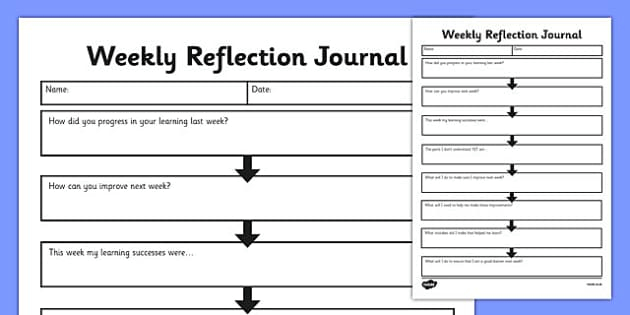
Reflective journals are personal records where learners write down their thoughts, understandings, and questions about their learning. This practice encourages deeper processing and consolidation of information.
Application: Reflective journals can be used in virtually any learning scenario. After a study session, take a few minutes to jot down what you learned, any questions, and how the information connects to what you already know or real-world scenarios.
5 Benefits of Distributed Practice
1. Improved Long-term Retention: Distributed practice enhances the ability to retain information over longer periods. The brain can better store and recall information by revisiting material at spaced intervals, leading to stronger, more durable memory traces.
2. Enhanced Understanding of Complex Concepts: This approach allows more time to process and understand intricate ideas. Spacing out study sessions allows learners to reflect on and connect various concepts, leading to a deeper comprehension.
3. Reduction in Cognitive Overload: Spacing out learning helps prevent the overwhelming feeling of trying to absorb too much information at once. This method reduces stress and makes learning more manageable and enjoyable.
4. Better Preparation for Exams: Distributed practice is particularly effective for exam preparation. It ensures a thorough review of all topics over time, reducing the need for last-minute cramming and leading to better performance.
5. Increased Motivation and Engagement: This technique keeps the learning process fresh and varied, which can increase interest and motivation. Learners are less likely to experience burnout and more likely to stay engaged with their studies.
How Distributed Practice Works
Distributed practice works by aligning with the natural rhythms of our cognitive processes. When we learn something new, our brain forms connections called synapses. Revisiting the same material after a gap strengthens these synapses, strengthening memory. This is known as the ‘spacing effect,’ where spaced learning intervals lead to more effective memory consolidation than massed or crammed sessions.
Compared to other learning methods, such as cramming all study into one intense session (massed practice), distributed practice allows for better information encoding into long-term memory. While cramming is effective for short-term recall, it often leads to quick forgetting. Distributed practice, on the other hand, encourages the brain to reconstruct the learned material each time it is revisited, deepening the understanding and retention.
This method also contrasts with continuous repetition in a single session, where the brain becomes less responsive to the material after a certain point, a phenomenon known as ‘diminishing returns.’ Spacing out the learning, each session remains fresh, and the brain is more receptive.
How to Use SplashLearn for Distributed Practice
SplashLearn is an interactive learning platform designed to make math and ELA learning engaging and effective for students. It offers a range of worksheets and games tailored to different age groups and skill levels. The platform’s adaptive learning approach personalizes the experience, making it suitable for individual learning needs.
Step-by-Step Guide on Integrating Distributed Practice with SplashLearn:
- Set Up Your Learning Path: Start by setting up a learning path on SplashLearn. Choose the topics and difficulty levels appropriate for your or your child’s skills.
- Schedule Regular Sessions: Plan short, regular learning sessions. Instead of long, infrequent sessions, aim for 15-30 minutes daily. This aligns with the principles of distributed practice.
- Utilize the Variety of Activities: Engage with different activities offered by SplashLearn. This variety keeps the learning process interesting and caters to different learning styles.
Here are some fun resources that you can use in the classroom:
- Track Progress and Adapt: Use SplashLearn’s progress tracking to monitor learning. Adapt the learning path based on progress and areas that need more focus.
- Incorporate Spaced Reviews: Regularly revisit previous topics. SplashLearn’s structure allows for easy review of past material, reinforcing learning and aiding retention.
- Encourage Reflective Learning: After each session, encourage reflection on what was learned. This can be done through discussion or writing, enhancing understanding and memory.
- Stay Consistent: Consistency is key in distributed practice. Ensure regular engagement with SplashLearn to maximize the benefits of this learning approach.
By following these steps, SplashLearn can be effectively used to implement distributed practice, making math learning more enjoyable and effective.
Conclusion
In conclusion, distributed practice is a highly effective learning strategy, offering improved retention, deeper understanding, and increased engagement. By incorporating techniques like those outlined and utilizing tools such as SplashLearn Math, learners can transform their educational journey into a more fruitful and enjoyable experience.
Frequently Asked Questions (FAQs)
What is the ideal gap between study sessions in distributed practice?
The ideal gap varies but typically ranges from a few hours to a few days, depending on the material complexity and your familiarity. Gradually increase intervals as you become more confident in the content.
Can distributed practice work for subjects that require creativity, like art or writing?
Yes, distributed practice is adaptable. For creative subjects, schedule sessions to brainstorm ideas, review techniques, or analyze works of art at spaced intervals to enhance creativity and skill.
What is a real-world distributed practice example?
Imagine you’re learning a new language. Instead of cramming for hours before a trip, spend 20-30 minutes daily practicing vocabulary and phrases in the months leading up to it. This approach will help you communicate more effectively during your travels and retain your language skills for future use.

















